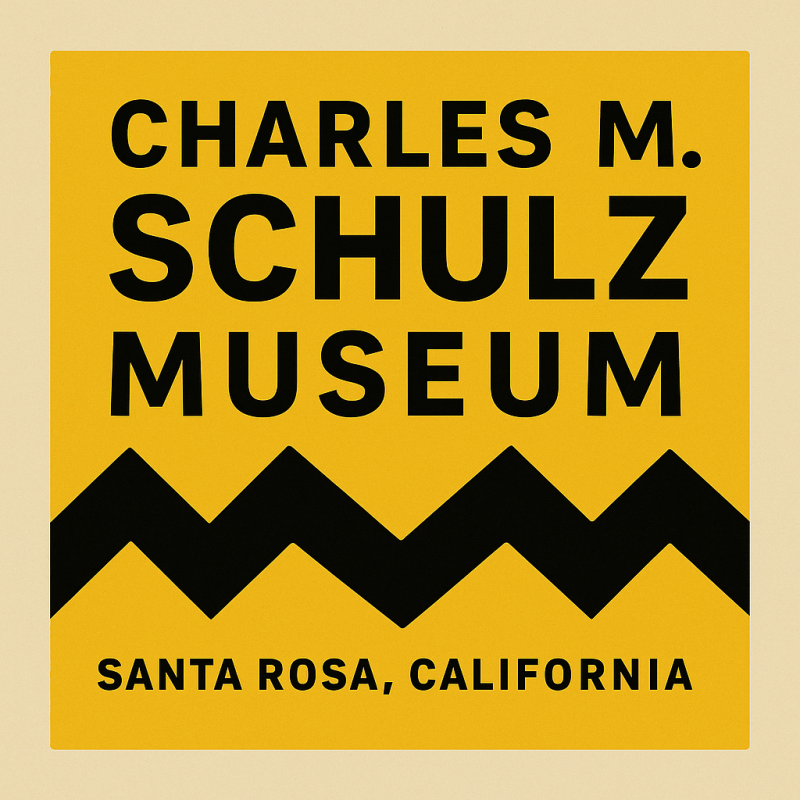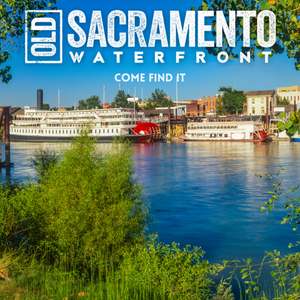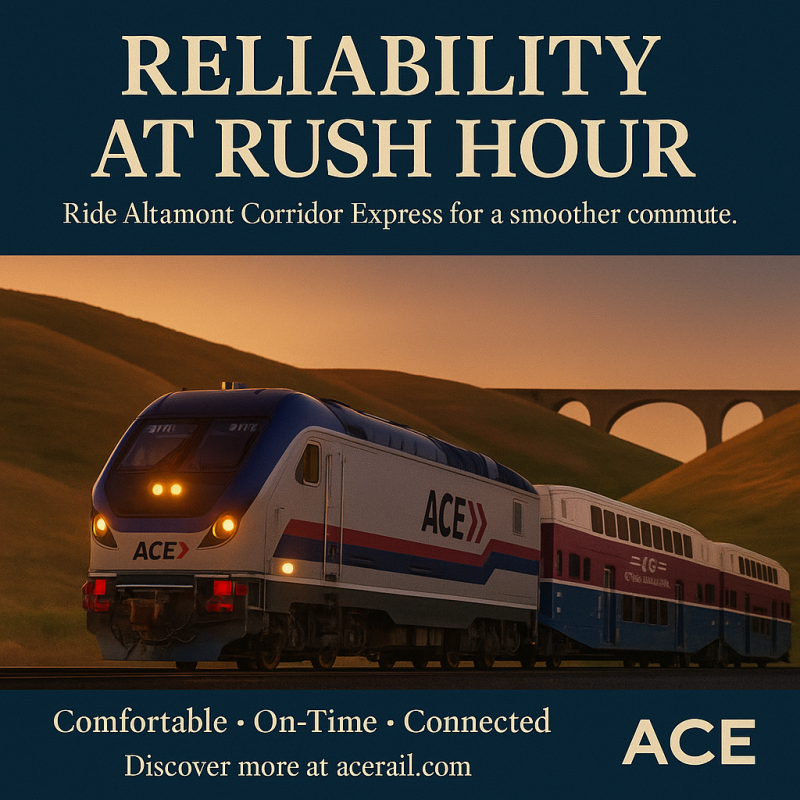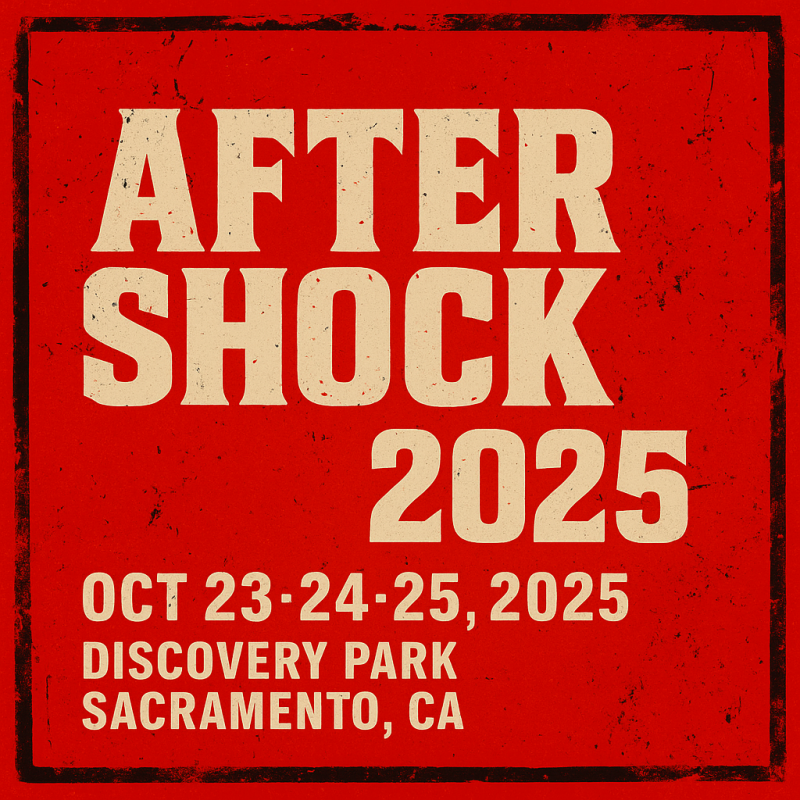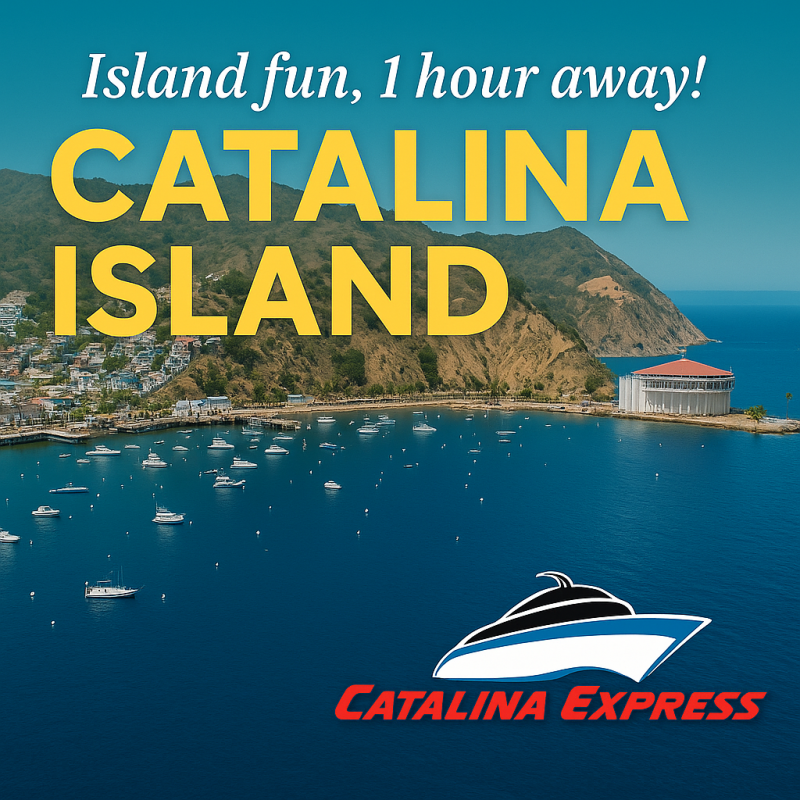By Mauricio Segura

Photo: Golden Bay Times Graphics Dept.
On late summer nights along Tomales Bay, darkness is not empty. Slip a paddle into the water and the bay replies with brief blue commas, tiny flashes that chase your blade and sketch the hull in quicksilver. The effect comes from swarms of dinoflagellates that glow when disturbed, a defense mechanism that reads, to human eyes, like underwater fireworks held two inches from your fingertips. Guides time tours for the darkest evenings, and the experience is clearest when the moon is out of the picture. In this corner of Marin, the best chances arrive in summer and fall on moonless nights, especially from August into November.
The geography helps. Tomales Bay is a long, narrow inlet between Point Reyes and the Marin mainland, with hillsides that shelter coves from wind and shield the water from city glare. When conditions line up, even the wake of a fish can write a neon signature. Local outfitters build their calendars around those alignments, adding dates near the new moon and pausing when bright moonlight would wash the glow thin. You will see that language plainly on their schedules.
Several companies run night trips here, each with its own style and launch routine. Blue Waters Kayaking, Point Reyes Adventure Co., and Tomales Bay Expeditions all offer three-hour bioluminescence tours and adjust departure times as the sunset shifts through the season. The formats are similar: a safety talk onshore, a slow paddle at twilight, and then the main event when full darkness settles. Expect tandem boats and required life jackets, and expect a guide who knows which coves hold the calmest water if wind or tide picks up.
Plan your logistics with care. Many public access points close at sunset, including Tomales Bay State Park, so night paddles typically use permitted private marinas or resort ramps rather than daytime lots. If you see an online tip that mentions Miller Boat Launch after dark, note the hours posted by Marin County and do not plan a night arrival there. Outfitters will tell you exactly where to meet and where you can legally park after sunset. Tomales Bay Resort, for example, is one of the few west shore locations that allows overnight parking for permitted boat-in campers, which gives you a sense of how limited night access can be without a tour.
Light is the other piece of etiquette. White headlamps and phone flashes will blow out your night vision and mute the water’s glow. Rangers and local guides recommend red lights or red filters, used sparingly, so you can see to rig a spray skirt without bleaching the bay. Keep a white light handy in case you need to signal another boat, since that is the standard safety requirement for paddlecraft after dark, but leave it off unless necessary. Your eyes will adjust, and the bay will answer.
Conditions do change. Plankton blooms vary in density from week to week, and wind and tide matter. On some nights the glow is a soft halo around your blade, on others it is so bright that a pelican’s splash looks like a magnesium flare. Reputable operators say so in their fine print. They cannot guarantee the show, but they can stack the odds, which is why their calendars cluster on the darkest dates and often note when cloud cover or late moonrise should help. If you are tempted to go alone, remember that Tomales Bay is a coastal environment with cold water, fast weather shifts, and navigation challenges in fog. A guide is not a luxury here. It is the difference between a quiet glow and a searchlight from the Coast Guard.
If you want to turn the night into a full weekend, the park allows permitted boat-in camping on designated beaches along the Point Reyes side of the bay. Those sites are open around the clock for permitted visitors, and when the wind calms after midnight the bioluminescence can feel even brighter far from shore. Permits and parking rules are specific, and tides decide how close to the water you can pitch a tent, so study the map and the regulations before you commit.
The quiet rules of the bay are simple. Give wildlife space, especially harbor seals resting on sandbars. Avoid dragging anchors through eelgrass beds. Move slowly, speak softly, and swap white light for red. If you follow those courtesies and choose a moonless window, you will likely see what you came for, which is not spectacle so much as a conversation. You stir the water, and the water answers in brief blue phrases that vanish the instant they appear. In a region known for dramatic headlands and noisy surf, Tomales Bay offers a different kind of coastline, one that saves its brightest show for those willing to wait for night.
For timing, treat the moon phase as your master calendar. New moon dates book first, and the few nights on either side usually go next. Late summer through early fall aligns long evenings, warmer air, and frequently clear skies. Check an outfitter’s schedule, choose the darkest night you can manage, and bring layers for the return paddle when the breeze comes off the hills. The rest is easy. Dip a hand. Watch the water write back.
For More Information: Blue Waters Kayaking / Point Reyes Adventure Co / Tomales Bay Expeditions



